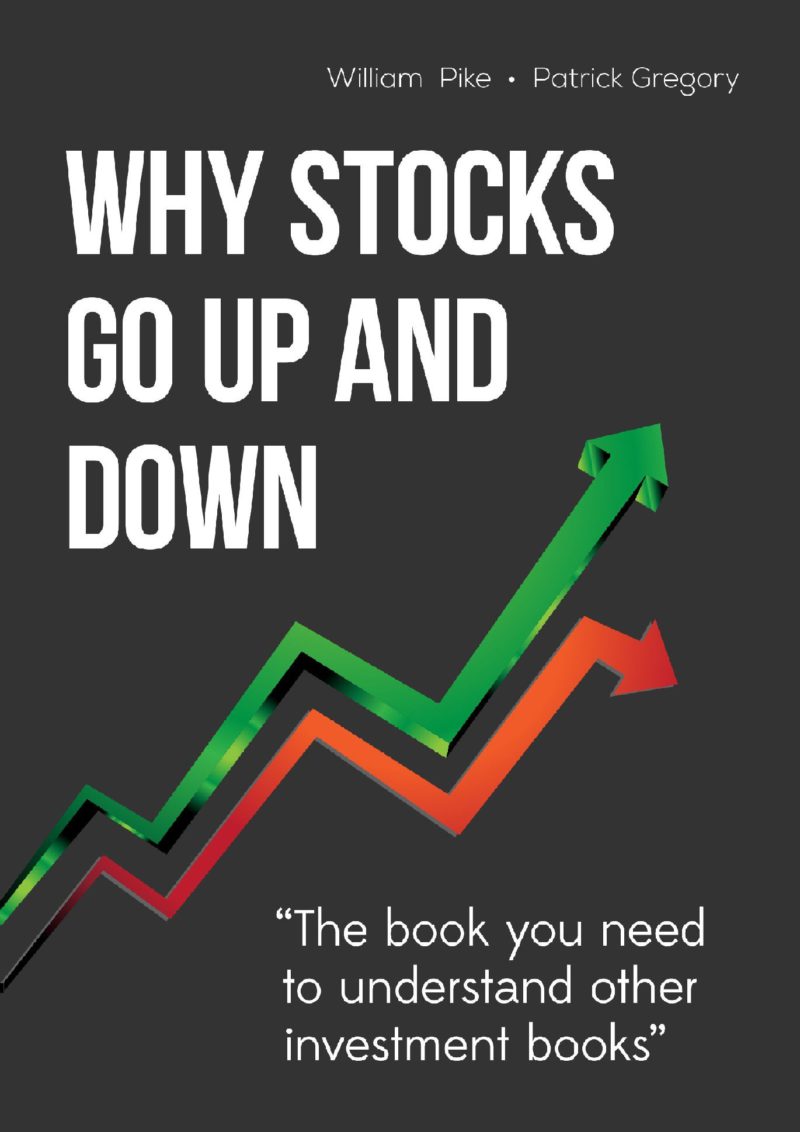Unlocking the Stock Market: A Quick Guide
Comprehensive guide that demystifies stock market investing, covering key ratios, bonds, and IPOs.
Subjects: investing
🌟 Are you tired of watching the stock market’s ups and downs without understanding what’s really going on?
🌟 Do you wish you had the knowledge to make informed investment decisions?
🌟 Are you looking for a comprehensive guide that breaks down complex financial jargon into easy-to-understand language?
👉 Look no further! Why Stocks Go Up and Down is the ultimate guidebook that demystifies the world of stocks, bonds, and investing.
Why Stocks Go Up and Down by William H Pike ‘s central idea is to provide a comprehensive understanding of the stock market and investing. It aims to demystify complex financial concepts, such as key ratios, bonds, and IPOs, making them accessible to both beginners and seasoned investors. The book covers the fundamentals of starting a business, raising capital, and growing through borrowing, as well as advanced topics like convertible bonds. Overall, it serves as a complete guide for anyone looking to make informed investment decisions and understand the financial markets better.
Case Studies
Why Stocks Go Up and Down includes several real-life examples and case studies to illustrate the concepts discussed. One important case study discussed in the book is that of Abbott Labs, a healthcare company. The case study provides a detailed analysis of the company’s financial statement data, sales by product line and geography, and the impact of key drivers on the stock performance. It discusses the challenges faced by the company, such as the loss of patent protection for its drug Depakote, the recall of its infant formula Similac, and the impact of economic and budgetary problems in Europe. It also highlights the growth opportunities for the company, such as the expansion into China and emerging markets, and the success of its drug HUMIRA and drug-eluting stent XIENCE. The case study concludes with a discussion on the importance of thoroughly analyzing the prospects for a company’s stock and comparing the risk/reward ratio to other investment opportunities to make consistently better investment decisions.
Important concepts discussed
1. On Informed Decision-Making: “What is important is that by thoroughly analyzing the prospects for the company’s stock, and comparing the risk/reward ratio for the stock to that of other investment opportunities, you should be able to make consistently better investment decisions, and thereby improve your investment performance.”
2. On Market Anticipation: “This anticipation by the market is a key concept that investors must understand. Changes in P/E generally occur much faster than changes in earnings.”
3. On Stock Price and Expectations: “Often times, you will hear investors describe a stock’s response to the quarterly earnings report in terms of high or low expectations. A ‘low expectation stock’ is one that has been beaten up and now trades at a very low multiple.”
4. On Earnings Surprises: “Note that the upside or downside from an earnings surprise is more significant for debt-laden companies. In other words, a highly leveraged company that beats consensus estimates will likely see their stock go up significantly.”
5. On Stock Valuation: “The P/E, not the actual price, determines when a stock is ‘high’ or ‘low’.”
6. On Capital Intensity: “Capital intensive means that a large portion of the company’s costs are for capital equipment; that is, the company is dependent on a lot of expensive machinery or equipment.”
Finally
This must-read guide demystifies the stock market, offering actionable insights on everything from key ratios to IPOs. Whether you’re a novice or seasoned investor, this book is your roadmap to smarter, more informed investing. Don’t miss out—invest in your financial future today!”




